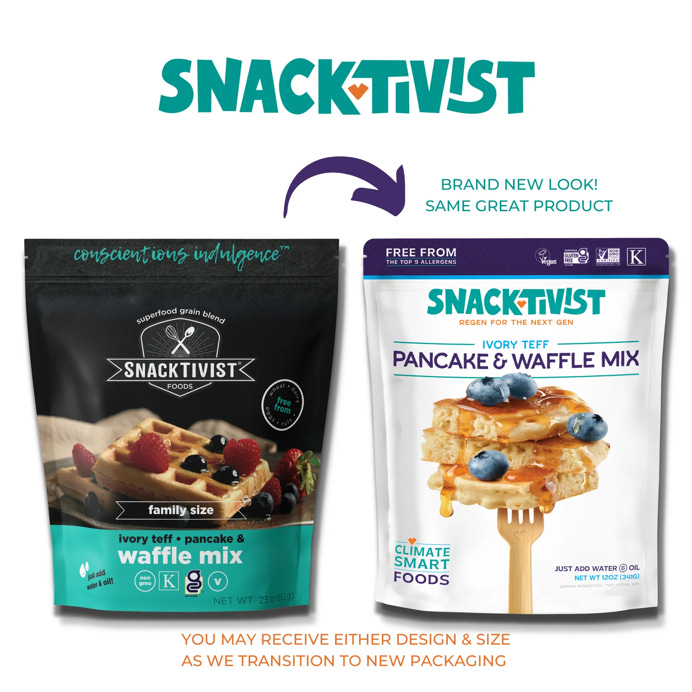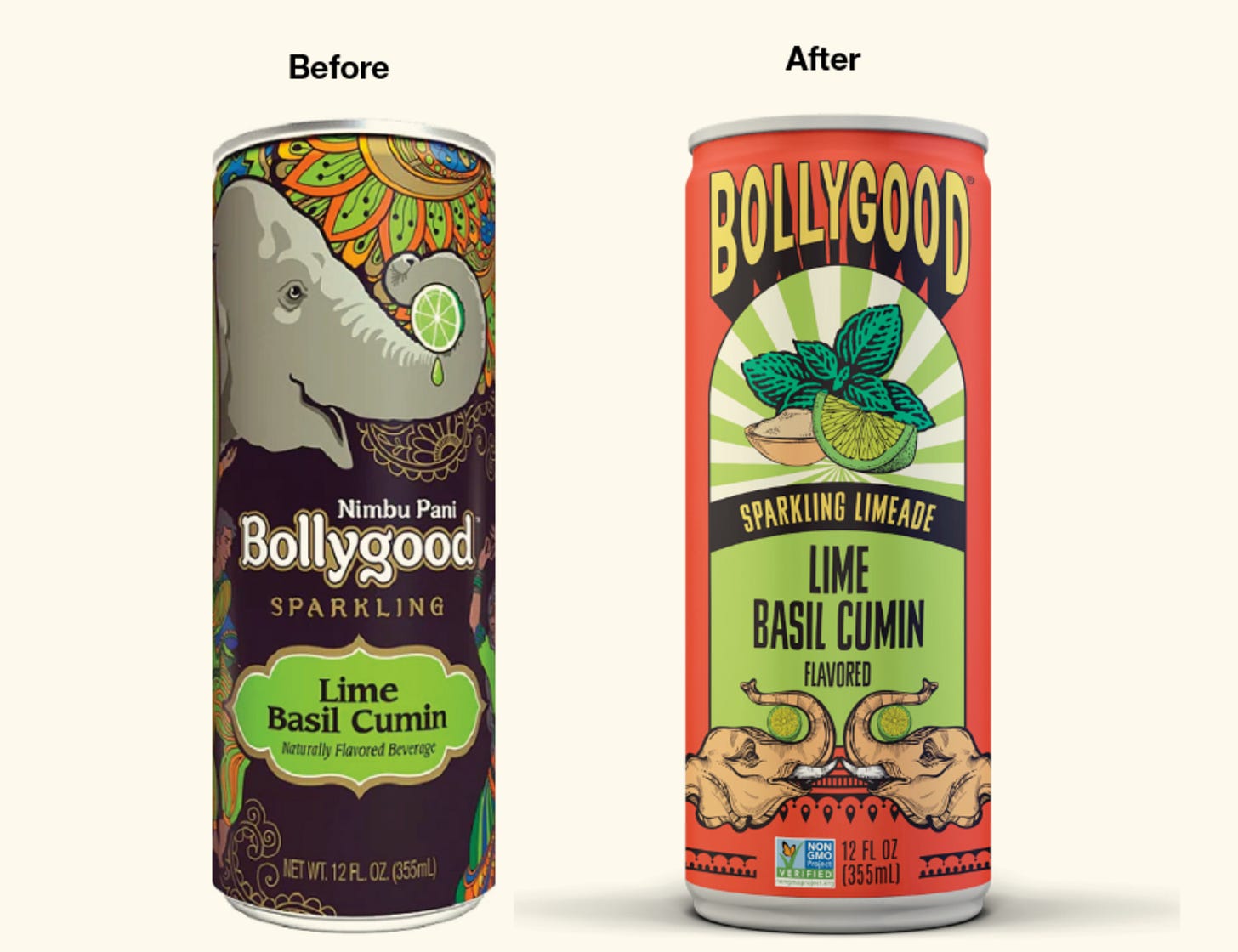When to focus on design
3-min read
Before we get into it -
Newsflash: Chocolate is unsafe to eat
If you procure chocolate for your products, or are staring at your kid’s Halloween stash from last night, the recent news on chocolate might have you concerned.
The news this week from Consumer Reports says some of our favorite chocolate is not safe to eat.
To understand this issue better, I asked Mara and Patrick Tcheunou, cacao farm owners and makers of the brand Bibamba Chocolate, a Denver CO company. You may recall my interview with them on the Future of Agriculture podcast earlier this year (jump to ~minute 22 to hear about how they keep their chocolate safe).
I learned that keeping chocolate free from metals has to do with proper harvesting and processing of the cacao beans, and that careful measures are labor intensive. Patrick explained the proper steps required:
· Not using chemical fertilizers on a cacao crop
· Only harvesting ripe, non-diseased beans
· Use controlled fermentation processes which test for pH and temperature
· Use controlled environment for drying the beans, where there is zero interaction of wet beans with dust
· Dust is where beans get lead contamination
The Tcheunous explain that fair and ethical practices incentivize workers to follow their established procedures.
To learn more, check out 4 Scary Truths About Chocolate
OK back to design —
Are you not loving your logo, packaging design, or brand identity? Maybe you are working with a sub-optimal expression of your brand until you have more budget to spend on getting it right.
Scrappy brands just want to get product in the marketplace as inexpensively and quickly as possible. Launching quick and cheap focuses on getting a logo and a label, “so we can sell some product and make some money - then invest in branding later”. The problem is, this assumes the launch can succeed on the product itself, which rarely works.
The instances where product launches with poor design work are because they are either first to market on a massive trend, or have a built-in audience that knows and trusts the person behind the brand. But for the vast majority of you that are bringing new brands to market, you’ll have to convey a real story with compelling branding from the jump.
Let’s explore when and why you should invest in design.
When your D2C packaging won’t work on the retail shelf.
Asian pantry brand Omsom enlisted Faven Creative to solve this problem. As a direct-to-consumer brand, the team had to completely reimagine how to launch into the grocery store with a new product design solution. You can learn about all the decisions here, which include communicating product identity on the PDP (primary display panel), and creating flavor names that would resonate with a broad audience.
When the design does not convey the brand personality, communication hierarchy is wrong, or just doesn’t look delicious.
Snacktivist Foods’ sustainable ancient grains mixes had a lot to convey on pack. The previous brand and package design was dark, heavy and mission-based. Design firm Frooishen made the brand design playful, inviting and delicious, while honoring the mission in the new tagline of "Regen for the Next Gen". The new brand design system is now set up to support future growth and expansion opportunities of the brand.
Indian beverage Bollygood’s packaging wasn’t hitting the mark on evoking the bold flavorful drinks of India. Faven Creative centered the design on flavor, gave the US consumer a frame of reference with Sparkling Limeade, and made the packaging a lot bolder.
Sometimes you have to rebrand altogether with a new name.
With a rebrand, you’re saying something material has changed about who you are as a brand. Next week we’ll explore when and why to rebrand.
All my best,
Jennifer





